In the realm of interior design, architectural wall tiles play a pivotal role in transforming spaces into veritable works of art. These decorative elements not only serve a functional purpose but also add depth, texture, and character to any room. From contemporary to traditional styles, architectural wall tiles come in a plethora of options, allowing homeowners and designers to unleash their creativity and create stunning visual effects. In this comprehensive guide, we will delve into the world of architectural wall tiles, exploring their design possibilities, types, materials, installation methods, and much more.
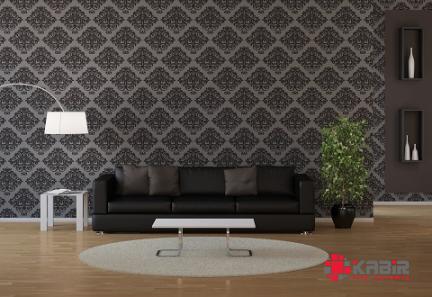
.
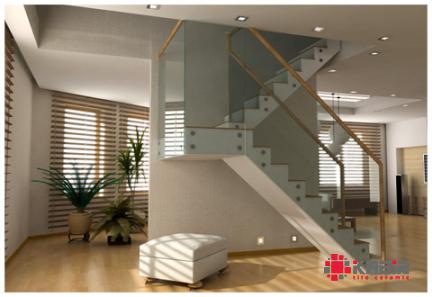 Design Possibilities: Architectural wall tiles offer endless design possibilities that can elevate the aesthetics of any space. With a wide range of colors, shapes, sizes, textures, and patterns available, these tiles can be used to create focal points, accent walls, or entire feature walls. Whether you prefer a sleek and modern look, a rustic and earthy feel, or a bold and vibrant statement, there is a wall tile design to suit every taste and style. From mosaic tiles to subway tiles, geometric patterns to 3D designs, the options are truly limitless when it comes to architectural wall tiles. Types of Architectural Wall Tiles: 1. Ceramic Tiles: Ceramic wall tiles are a popular choice for both residential and commercial spaces due to their durability, versatility, and ease of maintenance. These tiles are available in a wide range of colors, sizes, and patterns, making them suitable for various design schemes. 2. Porcelain Tiles: Porcelain wall tiles are known for their strength, water resistance, and stain resistance, making them ideal for high-traffic areas such as kitchens and bathrooms. With advancements in digital printing technology, porcelain tiles can mimic the look of natural materials like wood, stone, and marble, offering a cost-effective alternative.
Design Possibilities: Architectural wall tiles offer endless design possibilities that can elevate the aesthetics of any space. With a wide range of colors, shapes, sizes, textures, and patterns available, these tiles can be used to create focal points, accent walls, or entire feature walls. Whether you prefer a sleek and modern look, a rustic and earthy feel, or a bold and vibrant statement, there is a wall tile design to suit every taste and style. From mosaic tiles to subway tiles, geometric patterns to 3D designs, the options are truly limitless when it comes to architectural wall tiles. Types of Architectural Wall Tiles: 1. Ceramic Tiles: Ceramic wall tiles are a popular choice for both residential and commercial spaces due to their durability, versatility, and ease of maintenance. These tiles are available in a wide range of colors, sizes, and patterns, making them suitable for various design schemes. 2. Porcelain Tiles: Porcelain wall tiles are known for their strength, water resistance, and stain resistance, making them ideal for high-traffic areas such as kitchens and bathrooms. With advancements in digital printing technology, porcelain tiles can mimic the look of natural materials like wood, stone, and marble, offering a cost-effective alternative.
..
 3. Glass Tiles: Glass wall tiles add a touch of elegance and sophistication to any space with their luminous quality and reflective surface. These tiles are perfect for creating a modern and luxurious ambiance, and they are available in a myriad of colors, finishes, and textures. 4. Stone Tiles: Natural stone wall tiles such as marble, granite, travertine, and slate exude timeless beauty and elegance. These tiles feature unique veining, textures, and color variations, adding a touch of luxury to any setting. While natural stone tiles require sealing and maintenance, their durability and enduring appeal make them a worthwhile investment. 5. Metal Tiles: Metal wall tiles create a striking visual impact with their industrial-chic aesthetic. Available in stainless steel, copper, aluminum, and brass finishes, these tiles are perfect for adding a touch of contemporary flair to kitchens, bathrooms, and accent walls. Materials and Finishes: Architectural wall tiles are available in a variety of materials and finishes, each offering unique characteristics and aesthetic appeal. From glossy to matte, smooth to textured, and neutral to vibrant, the choice of material and finish can greatly influence the overall look and feel of a space. Some popular materials and finishes include: – Glossy: Reflective and easy to clean, glossy finishes add a touch of glamour and sophistication to walls. These finishes are ideal for creating a sleek and contemporary look in kitchens, bathrooms, and living spaces. – Matte: Matte finishes have a more subdued and understated appearance, offering a subtle elegance to walls. These finishes are perfect for creating a soft and inviting ambiance in bedrooms, dining rooms, and hallways.
3. Glass Tiles: Glass wall tiles add a touch of elegance and sophistication to any space with their luminous quality and reflective surface. These tiles are perfect for creating a modern and luxurious ambiance, and they are available in a myriad of colors, finishes, and textures. 4. Stone Tiles: Natural stone wall tiles such as marble, granite, travertine, and slate exude timeless beauty and elegance. These tiles feature unique veining, textures, and color variations, adding a touch of luxury to any setting. While natural stone tiles require sealing and maintenance, their durability and enduring appeal make them a worthwhile investment. 5. Metal Tiles: Metal wall tiles create a striking visual impact with their industrial-chic aesthetic. Available in stainless steel, copper, aluminum, and brass finishes, these tiles are perfect for adding a touch of contemporary flair to kitchens, bathrooms, and accent walls. Materials and Finishes: Architectural wall tiles are available in a variety of materials and finishes, each offering unique characteristics and aesthetic appeal. From glossy to matte, smooth to textured, and neutral to vibrant, the choice of material and finish can greatly influence the overall look and feel of a space. Some popular materials and finishes include: – Glossy: Reflective and easy to clean, glossy finishes add a touch of glamour and sophistication to walls. These finishes are ideal for creating a sleek and contemporary look in kitchens, bathrooms, and living spaces. – Matte: Matte finishes have a more subdued and understated appearance, offering a subtle elegance to walls. These finishes are perfect for creating a soft and inviting ambiance in bedrooms, dining rooms, and hallways.
…
– Textured: Textured finishes add depth and dimension to walls, creating a tactile and visually interesting surface. From embossed patterns to raised reliefs, textured tiles can imbue spaces with a sense of luxury and refinement. Installation Methods: Proper installation is crucial to ensure the longevity and visual appeal of architectural wall tiles. Depending on the type of tile, substrate, and design scheme, different installation methods may be employed. Some common installation methods for architectural wall tiles include: 1. Thinset Mortar: Thinset mortar is a cement-based adhesive that is used to bond tiles to walls. This method is commonly used for ceramic, porcelain, and glass tiles, providing a strong and durable bond. Thinset mortar is applied to the wall using a trowel, and the tiles are pressed into place, ensuring proper alignment and spacing. 2. Mastic Adhesive: Mastic adhesive is a pre-mixed, ready-to-use adhesive that is suitable for small-scale wall tile installations. This adhesive is easy to apply and provides a quick and convenient way to adhere tiles to walls. Mastic is typically used for ceramic and glass tiles in dry areas such as kitchens and bathrooms. 3. Grout: Grout is a cement-based material that is used to fill the gaps between tiles, providing a uniform and finished look. Grout comes in a variety of colors to complement or contrast with the tiles, enhancing the overall design. Proper grout application and sealing are essential to prevent water penetration and maintain the integrity of the installation.
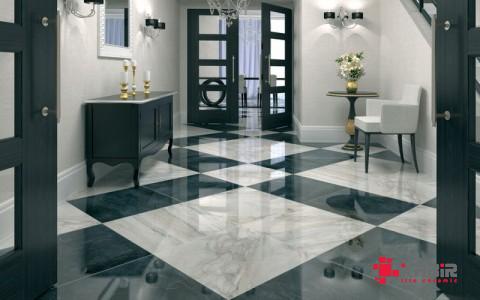
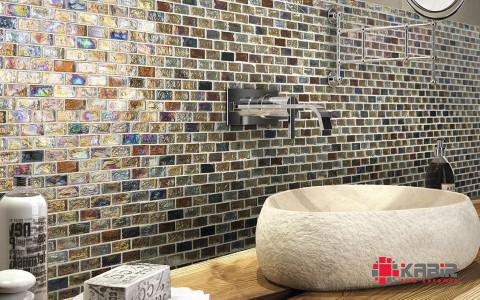
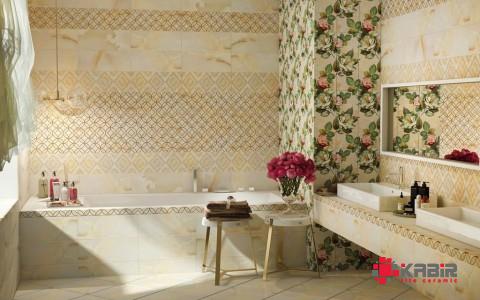
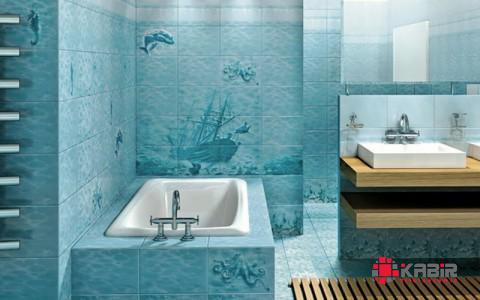
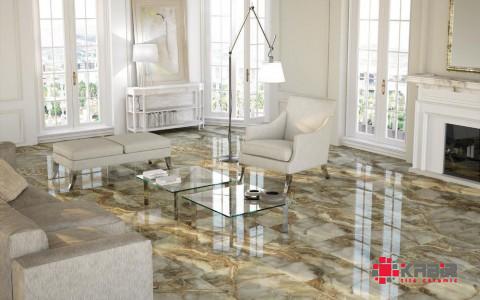
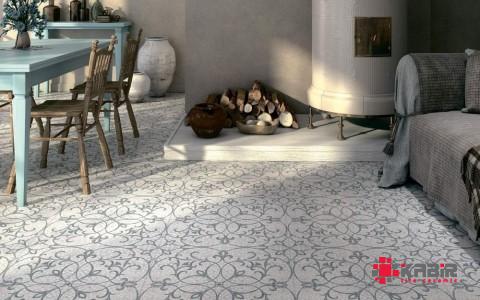
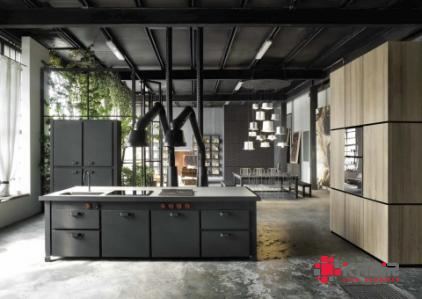
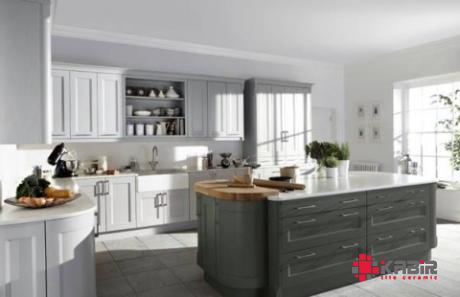
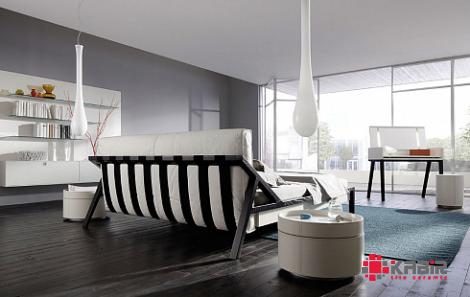
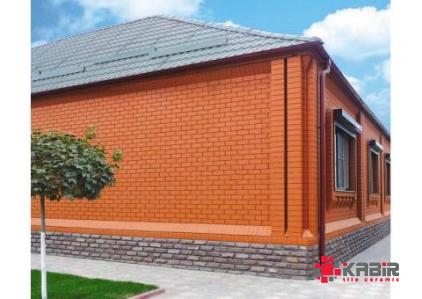
Your comment submitted.